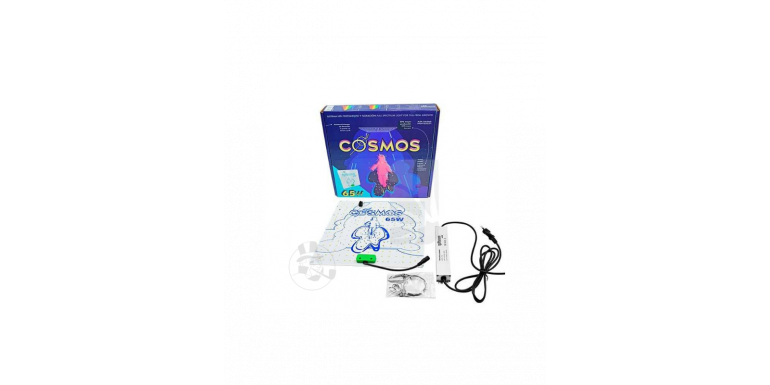
Comprehensive Guide to HPS, CFL, and LED Grow Lights: Understanding the Technologies and Exploring Cosmos Brand
1. Understanding Grow Light Technologies: HPS, CFL, and LED
When it comes to indoor plant cultivation, the choice of lighting is crucial for plant growth, flowering, and yield. The three most common types of grow lights used by growers are High-Pressure Sodium (HPS), Compact Fluorescent Lights (CFL), and Light Emitting Diodes (LED). Each of these technologies has its own set of advantages and disadvantages, which we'll explore in detail.
HPS (High-Pressure Sodium) Lights: HPS lights have been a staple in indoor growing for many years, known for their intense light output and efficiency in promoting flowering and fruiting. These lights emit a yellow-orange spectrum, which is ideal for the blooming phase of plants. However, HPS lights generate a significant amount of heat, which can require additional cooling solutions. They are also less energy-efficient compared to newer technologies.
CFL (Compact Fluorescent Lights): CFL lights are a more budget-friendly option for growers, particularly those just starting out. They are widely available and easy to set up. CFLs emit a broader spectrum of light, which makes them suitable for both vegetative growth and flowering. However, they are not as powerful as HPS or LED lights, meaning they are best suited for smaller grow spaces or as supplemental lighting.
LED (Light Emitting Diode) Lights: LED lights are the latest and most advanced technology in indoor growing. They are highly energy-efficient, producing less heat while offering a full spectrum of light that can be tailored to different stages of plant growth. LED lights are available in various configurations and power ratings, making them versatile for different types of grows. The initial investment is higher, but the long-term savings in energy and cooling costs make LEDs a preferred choice for many growers.
2. The History and Products of the Cosmos Brand
Cosmos is a well-known brand in the grow light industry, particularly favored for offering affordable yet effective LED solutions for amateur and small-scale growers. The brand has carved out a niche by providing high-quality LED panels that cater to the needs of home growers without breaking the bank.
Cosmos LED Models and Specifications:
Cosmos 45W LED
- Dimensions: 25 x 25 cm
- Coverage Area: 40 x 40 cm
- Chip Spectrum: 395 nm, 3000 K, 5000 K, 660 nm, and 730 nm
- Power Efficiency: 2.5 μmol/J
- Ideal for small grow spaces or as a supplemental light.
Cosmos 65W LED
- Dimensions: 30 x 30 cm
- Coverage Area: 40 x 40 cm
- Chip Spectrum: Same as above
- Perfect for slightly larger grow setups with modest lighting needs.
Cosmos 120W LED
- Dimensions: 35 x 35 cm
- Coverage Area: 60 x 60 cm
- Chip Spectrum: 395 nm, 3000 K, 5000 K, 660 nm, and 730 nm
- Includes a dimmer switch to adjust light intensity according to the growth stage.
Cosmos 150W LED
- Dimensions: 40 x 40 cm
- Coverage Area: 80 x 80 cm
- Chip Spectrum: Same as above
- A robust option for small to medium grow spaces, with advanced passive heat dissipation.
Cosmos 300W LED
- Dimensions: Varies based on configuration
- Coverage Area: Up to 120 x 120 cm
- Chip Spectrum: 395 nm, 3000 K, 5000 K, 660 nm, and 730 nm
- A more powerful model suitable for larger grow tents or rooms, delivering high light intensity.
Each of these models is designed with affordability in mind, making them accessible for beginner growers who are looking to start their indoor gardening journey. Despite their lower price point, Cosmos lights are equipped with high-quality chips and offer full-spectrum lighting, ensuring that plants receive the necessary light for all growth stages.
For more information and to purchase these lights, you can visit TanieUprawianie.pl(
,
,
).
By choosing Cosmos LED lights, amateur growers can enjoy professional-grade lighting without the hefty price tag, making it a popular choice in the grower community.

